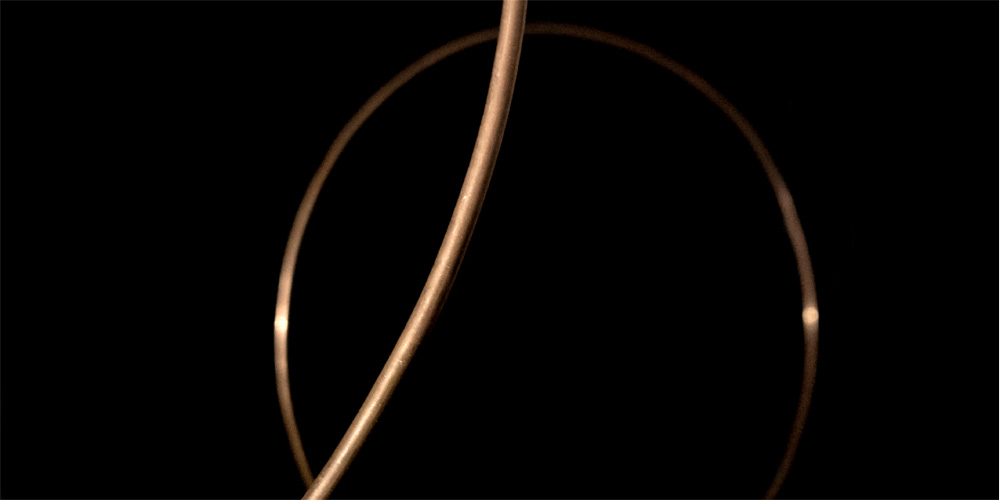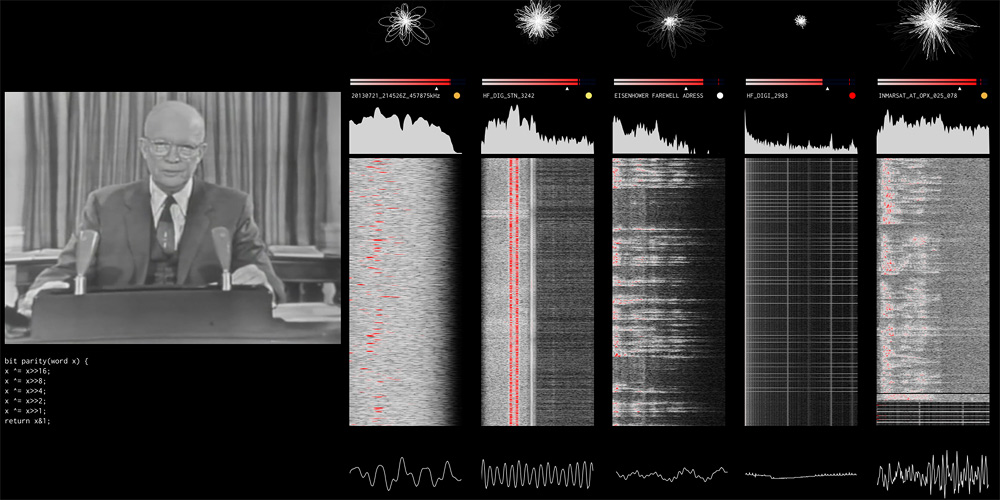
Led by the LABoral Centro de Arte y Creación Industrial from Spain, the European Network for Contemporary Audiovisual Creation (ENCAC) is co-funded by the European Union’s Creative Europe program. ENCAC aims to facilitate, promote, inspire, support and create new opportunities and challenges in the audiovisual arts as well as to foster innovative and sustainable solutions for the creative community, a wide range of audiences and the audiovisual field. The project features a broad program of research, production, education and dissemination of the new audiovisual practices. The total activities planned includes twenty residencies, twelve professional workshops, two developer meetings and 24 presentations, installations, performances, seminars and round tables.
The European Network for Contemporary Audiovisual Creation is aimed at boosting innovation by combining its members’ knowledge, experience and resources. The diverse nature of its members also brings in an interdisciplinary and complementary perspective. Its contribution to the creators’ process in the different fields covered by the project—research, production, education and dissemination of new audiovisual practices—will foster a more effective advance in the implementation of innovative solutions that can be exported, that are sustainable and that bring the new audiovisual culture closer to the public and to industry. Under the leadership of LABoral, the European Network for Contemporary Audiovisual Creation is integrated into Ars Electronica (Linz, AT), the LEV Festival (Gijón, ES), hTh—CDN (Montpellier, FR), Le Lieue Unique (Nantes, FR), Resonate (Belgrade, RS) and DISK (Berlin, DE). *ENCAC* is co-funded by the Creative Europe program of the European Union.
These projects are presented in the framework of the European Network for Contemporary Audiovisual Creation and co-funded by the Creative Europe program of the European Union.

*ÆTER* can be seen as a study of electromagnetism, translating the phenomenon into an immersive sonic environment. Consisting of antennas and analog electronic circuitry, the autonomous systems directly capture and transform the ever-present electromagnetic waves in the air around us into low frequency audio material.

In 1961, Dwight D. Eisenhower delivered his presidential farewell address, whose message is extremely relevant today in the light of recent revelations of massive surveillance programs, perpetual cyber/information and kinetic wars, the reshaping of the university and research complexes and intensified resource extraction.


